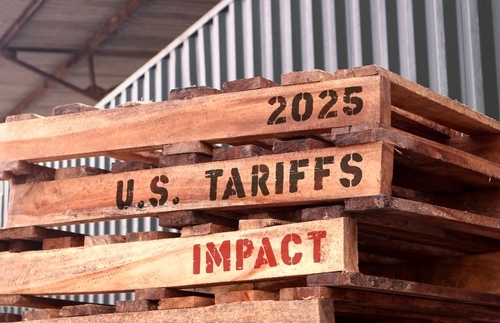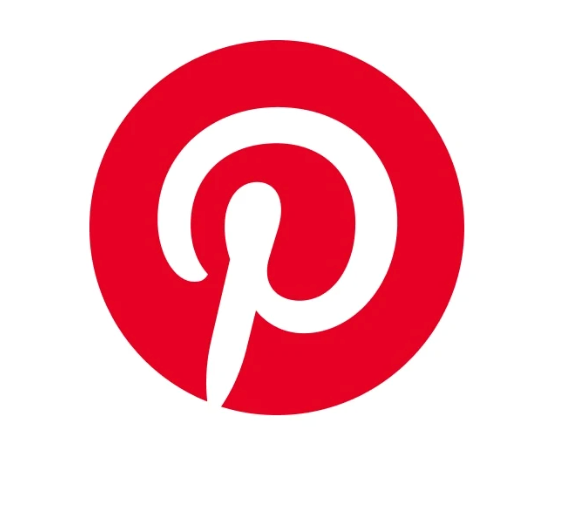We are in one of the most transformational times for marketing and communications. For newspapers and trade publications, it is truly the Chaos Scenario (so named by media observer and author Bob Garfield). Other areas of communications are undergoing similar, if not as drastic, changes.
It is not a time hold on to traditional beliefs about brand values, pricing and discounts — beliefs that often fall short of today’s more complex marketing realities.
Consumers take countless non-linear journeys on their way to making purchase decisions. Often they bypass advertising altogether. Marketers need to learn what markets want, what prospects find interesting and how customers consume information.
Direct marketing has always been about generating response through the use of offers and calls to action. Not generating enough response? Tough economic times call for better offers. Offers, when paired with the right customer segments, the right channels and the right timing, are the best triggers for generating results.
THE BASIC ELEMENTS
The offer is one of the basic tools of direct marketing. The offer is the promise of a transaction, what someone will receive. But offers aren’t just discounts or enticements to get a prospect or customer to respond.
A good incentive can be just the nudge a prospect needs to respond. Discounts don’t hurt the brand. A free offer may be the very reason someone tries a new brand. It’s hard to imagine how Denny’s “Free Tuesday” offer hurt their brand. This offer filled their restaurants with prospects and returning customers alike on an otherwise off day.
On their own, offers don’t always provide enough motivation. GM has offered employee pricing, special incentives and 0% financing. For the last year, GM has sold fewer cars most months than the month before. GM hasn’t been able to create demand with advertising and cool creative. A damaged brand may not be helped by incentives, but there is no evidence that testing incentives hurt the GM brand.
“REAL” BRAND MARKETING
Brand marketers have always considered their chosen field a higher calling. Some argued that discounting and price wars could harm brands. There’s no proof of that.
In today’s world, advertising’s goal is to change customer behavior, not to create interest or awareness. Even before the current economic decline, more and more marketers were asking for communications to create actions that would convert into tangible results like leads, sales and traffic.
A few months ago, Daniel Morel, CEO of Wunderman, and John Gerzema, chief insights officer at Young & Rubicam Group, published an article with the findings from a 10-year study of brand and financial data, the Brand Asset Valuator (BAV). This study showed that 85% of brands were stagnant or had declined in brand differentiation. Among the top 100 most valuable brands, 45% were declining in consumer perceptions.
Morel and Gerzema concluded that in today’s marketplace, direct response is not an element at the bottom of a purchase funnel. Brand and response are “now intertwined.”
In the same vein is branding consultant Jonathan Salem Baskin’s book, “Branding Only Works on Cattle.” He reinforces the idea that branding has always been about changing consumers’ and decision makers’ behavior. And when the tools and techniques used for branding don’t change behavior and can’t be measured, they fail.
So, where do we take this conversation next? Brand, direct and digital marketers all need to cast away ideas developed in the 1960’s. Brand marketers need to worry more about changing consumer behaviors than changing consumer perceptions. Incentives won’t always trigger changes in behavior. But a strong call to action and a discount surely won’t hurt a 21st-century brand. As in any good direct marketing endeavor, it’s certainly worth a test.
Ron Jacobs (ronjacobs@jacobsclevenger.com) is president of Jacobs & Clevenger, Chicago.



